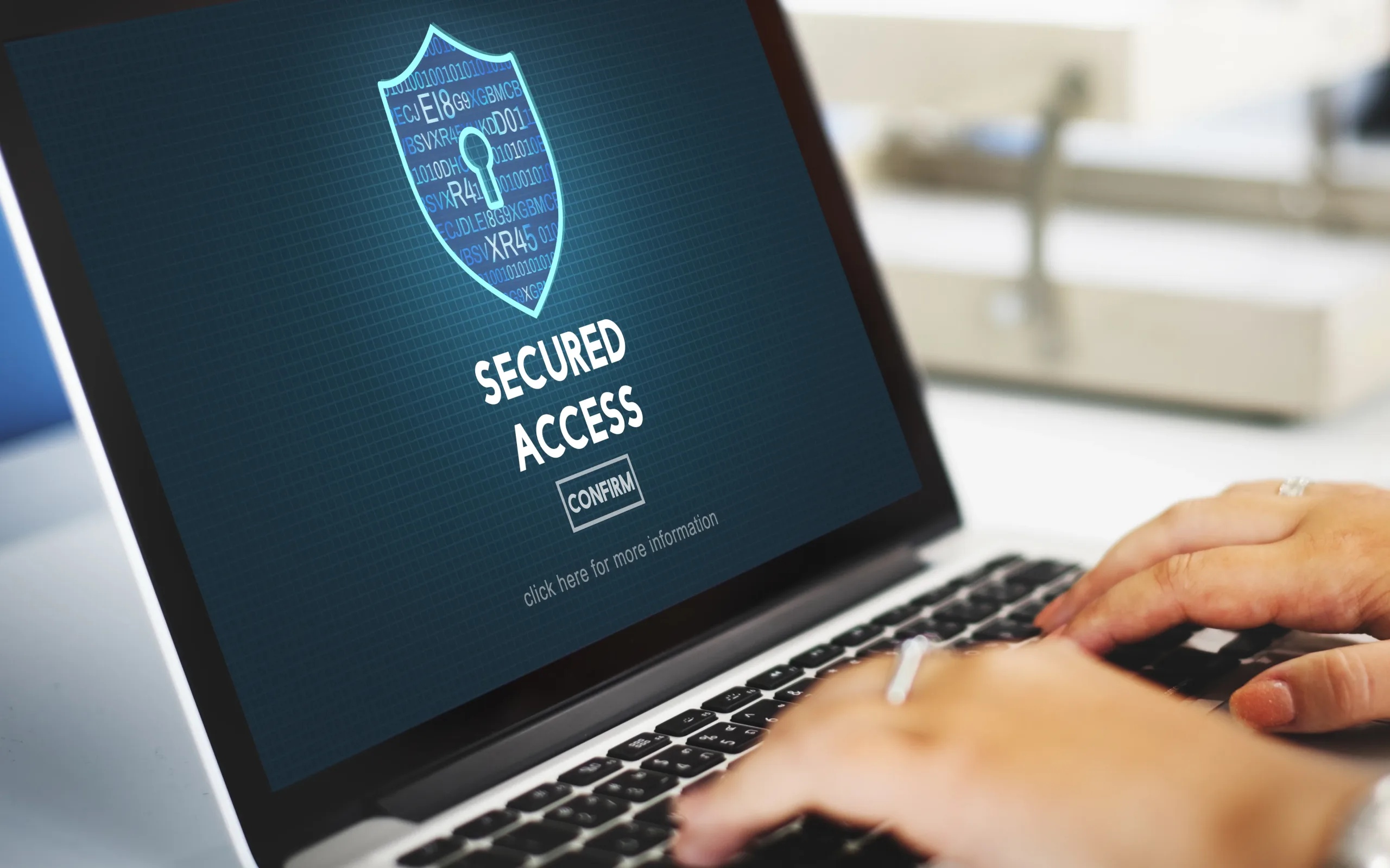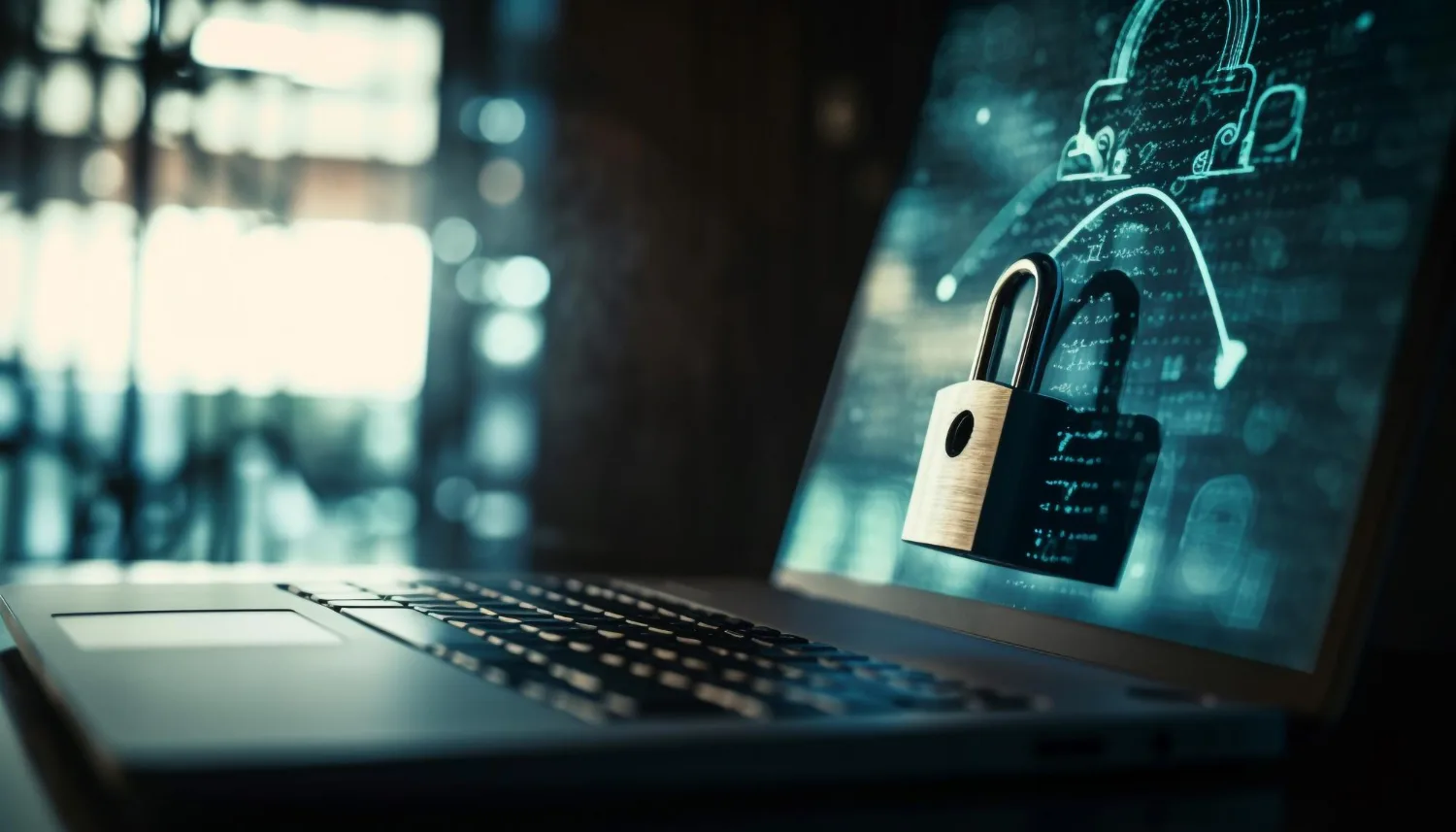To strengthen the cybersecurity infrastructure in a remote work setup, it is crucial to begin with a thorough assessment of the current framework, identifying potential vulnerabilities, and devising a strategic plan tailored to tackle these issues.
This involves updating security policies, ensuring secure connections, educating employees on cybersecurity best practices, and implementing robust security solutions that can accommodate the specific challenges of remote work.
How can remote work policies be updated to address cybersecurity?

Modernizing remote work policies is the first step toward shoring up cybersecurity. Companies should create clear guidelines that dictate the acceptable use of company resources, outline security protocols, and establish consequences for non-compliance.
It is essential that these policies also cover the use of personal devices, considering the prevalence of BYOD (Bring Your Own Device) scenarios in remote work.
Moreover, regular review and updating of these policies are necessary to adapt to new cybersecurity threats and incorporate technological advancements.
The inclusion of multi-factor authentication requirements and strict access controls can be part of these policy improvements. This ensures all employees are on the same page and reduces the risk of security breaches due to negligence or lack of knowledge.
What technical solutions should be implemented for secure remote connections?
Ensuring secure connections for remote workers is vital. A Virtual Private Network (VPN) is one of the primary tools that can establish a secure and encrypted link between employees and the company’s network.
Additionally, deploying DNS filtering services can protect remote workers from accessing malicious websites that could compromise their devices and the company’s data.
Firewalls and antivirus programs should be up-to-date and installed on all company-provided devices. In cases where employees use personal devices, IT Departments need to verify that similar levels of security software are in place.
The use of endpoint protection platforms can further enable the monitoring and management of every device accessing the company network, ensuring the maintenance of consistent security standards.
Why is employee education fundamental to cybersecurity in remote work?
Employees often constitute the first line of defense against cyber threats. As such, their education on security awareness is fundamental.
Regular training sessions on common tactics used by cybercriminals, such as phishing scams, can prepare employees to identify and avoid these threats. It’s not just about knowing what a security threat looks like, but also understanding the protocols for reporting potential breaches.
Simulation tests, such as mock phishing emails, can be particularly effective in reinforcing these concepts by providing practical examples in a controlled environment.
How can companies continuously monitor and respond to cybersecurity threats?

Continuous monitoring of the company’s network and systems is critical for timely detection and response to cybersecurity incidents.
Utilizing Security Information and Event Management (SIEM) systems can help companies aggregate and analyze data from various sources, providing insights into potential security breaches and enabling quick action.
Prompt incident response is also necessary. This can be facilitated by an incident response team or a managed security service provider capable of identifying, containing, and mitigating the effects of a security breach.
Regular system backups and having a disaster recovery plan in place are also crucial components, as they can significantly minimize loss and downtime in case of a major incident.
Conclusion
Improving cybersecurity infrastructure in a remote work setup is an ongoing process that starts with updating policies, extends to implementing technical solutions for secure connections, incorporates comprehensive employee education, and hinges on continuous monitoring and incident response.
Taking each of these steps seriously and implementing them systematically can render the remote work model just as secure, if not more so, than traditional in-office setups.
Staying one step ahead of cyber threats requires a relentless pursuit, but managing remote work cyber risk effectively is possible with a combination of policy, technology, education, and vigilance.
For further insights into securing remote work environments, be sure to refer to our pillar article on RemoteRemote Work Security.
- The Agentic Startup Manifesto - June 8, 2025
- Remote Hiring in 2025 - April 5, 2025
- Burnout in Remote Teams: How It’s Draining Your Profits - January 27, 2025
